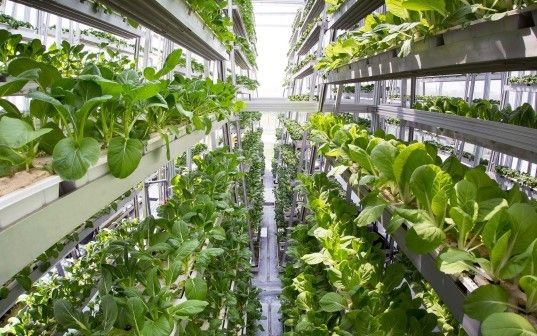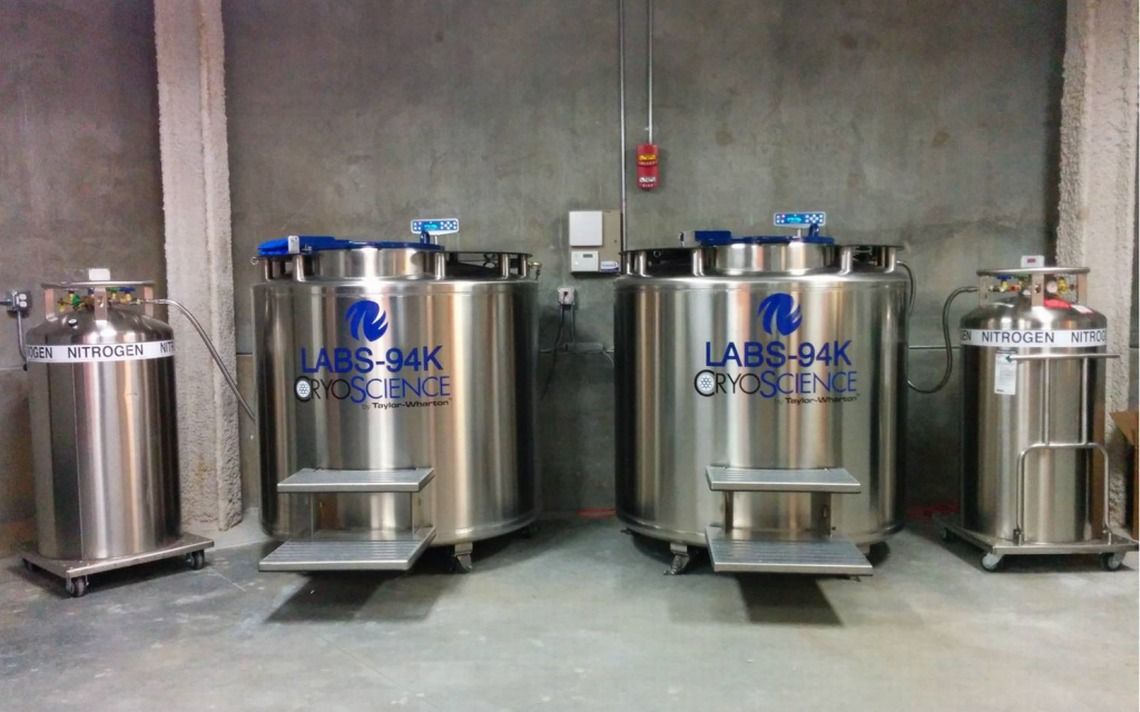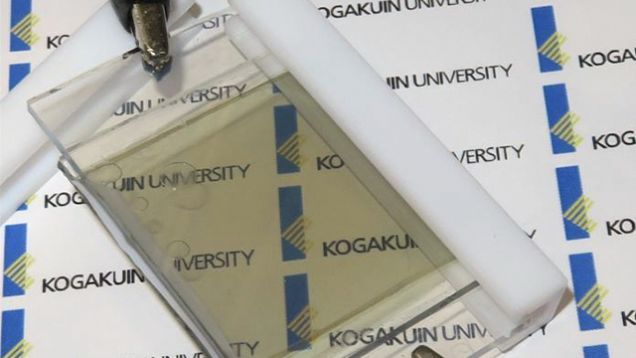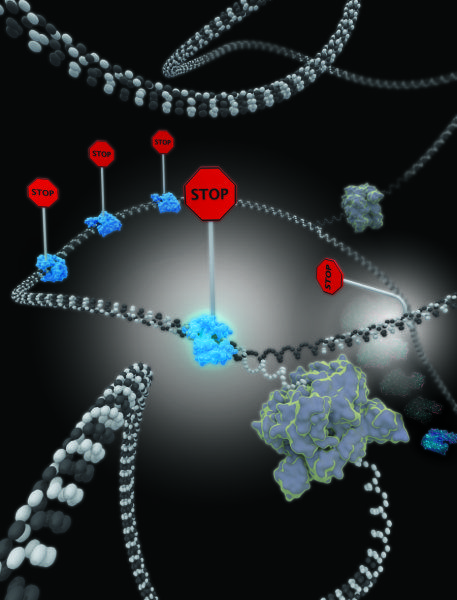Sep 2, 2015
Can You Help Promote Healthy Life Extension? Enter This Short Film Competition
Posted by Roy in categories: health, life extension
Heales, The Healthy Life Extension Society, is dedicated to promoting and informing the public about life extension and longevity breakthroughs. In this spirit, Heales has announced a Short Film Competition with a grand prize of €3.000. Heales wants you to capture why living longer, healthier lives will be something to celebrate, not fear.
We caught up with Didier Cournelle, director of the society, to find out more about the competition:
Why do you think there are so few positive portrayals of longevity and life extension in the media? In general, the press prefers bad news to good news. Good news concerning longevity is difficult to describe because it is often made of small, incremental progress. Another aspect is that the idea of radical life extension looks fringe to many people. Last aspect: to speak about longevity is to speak about death and unconsciously, we tend to avoid what reminds us of our own death.


















